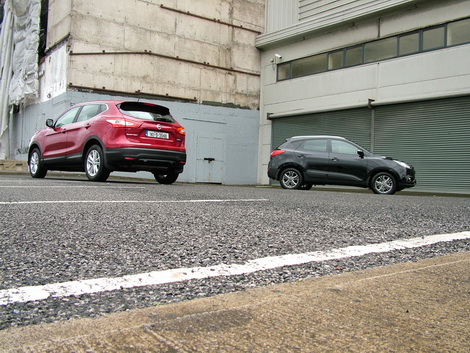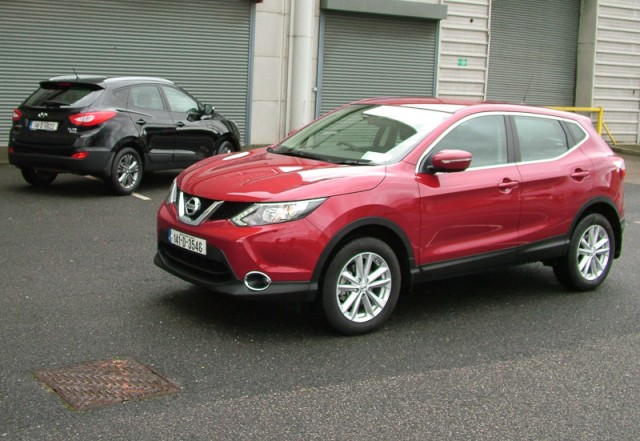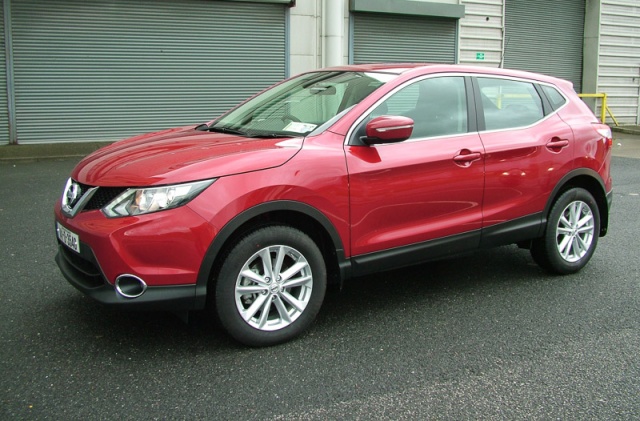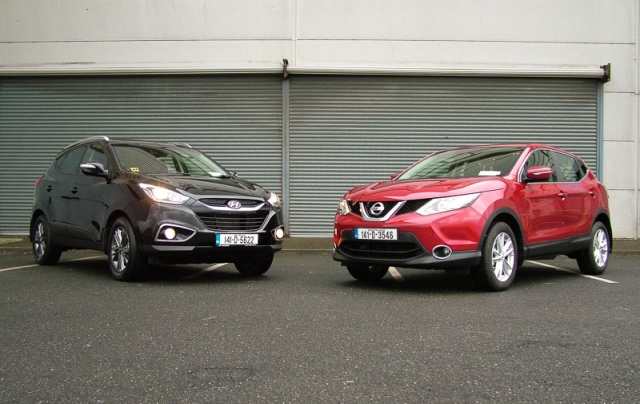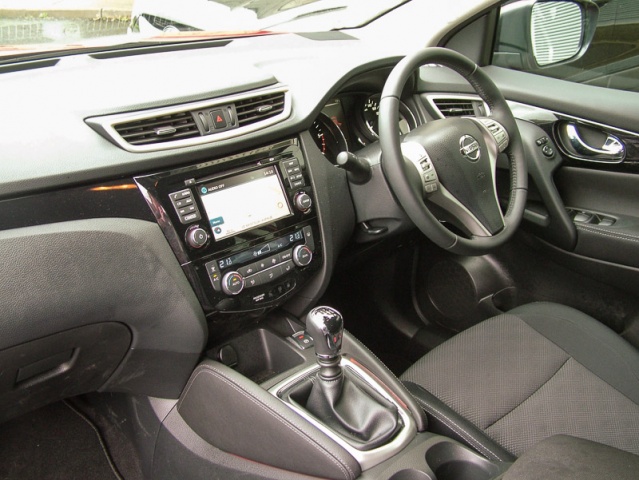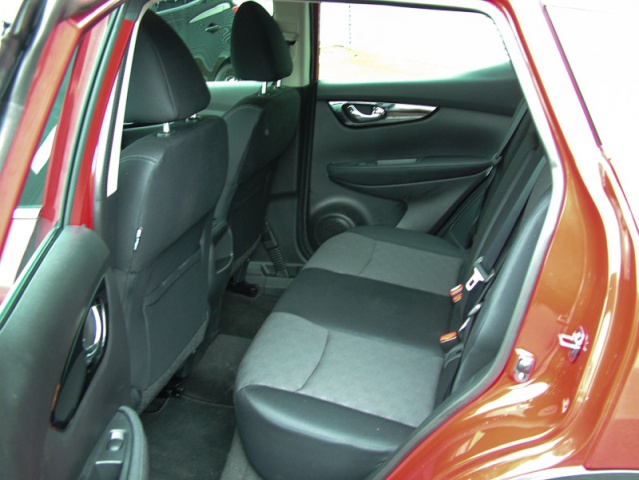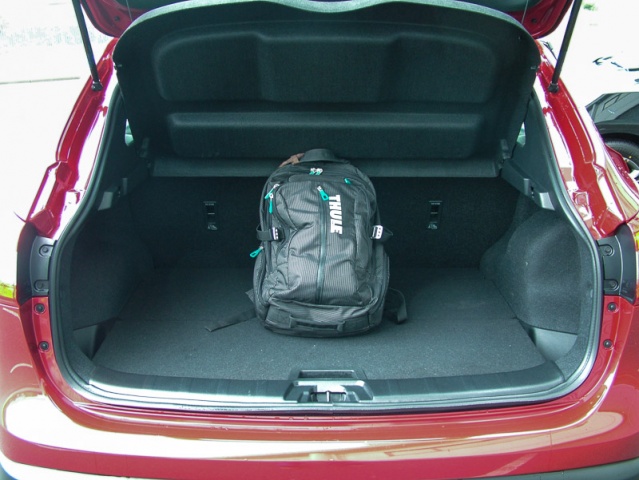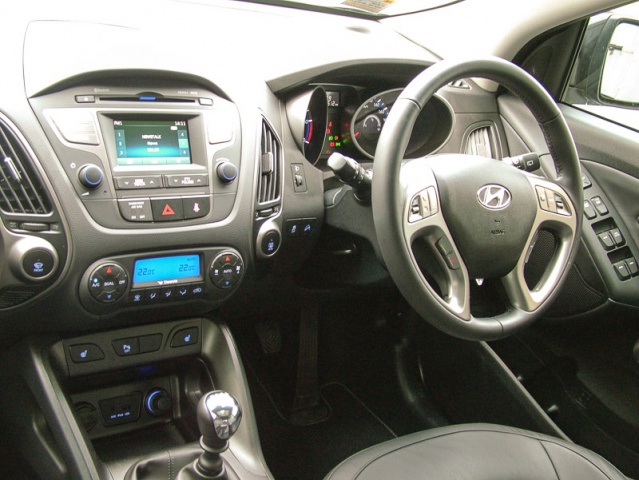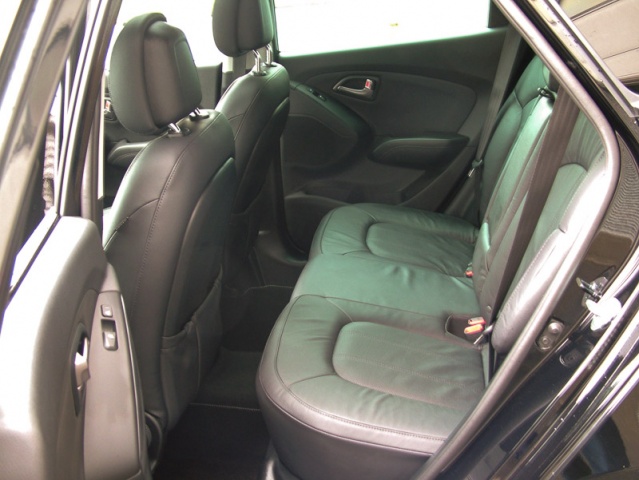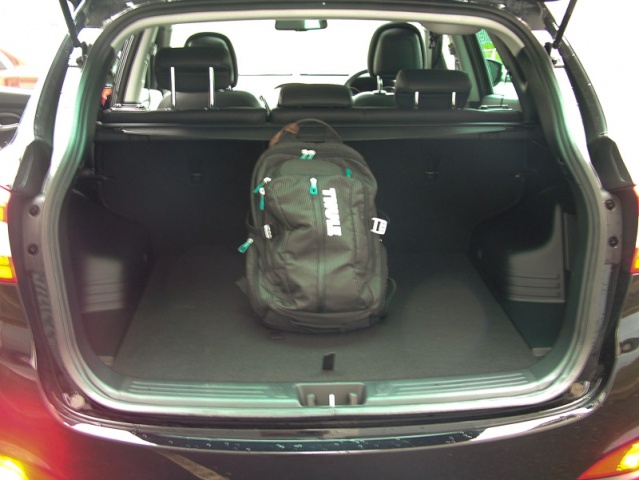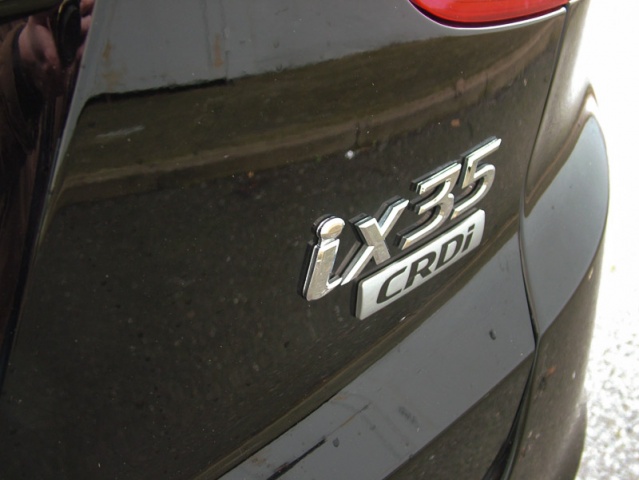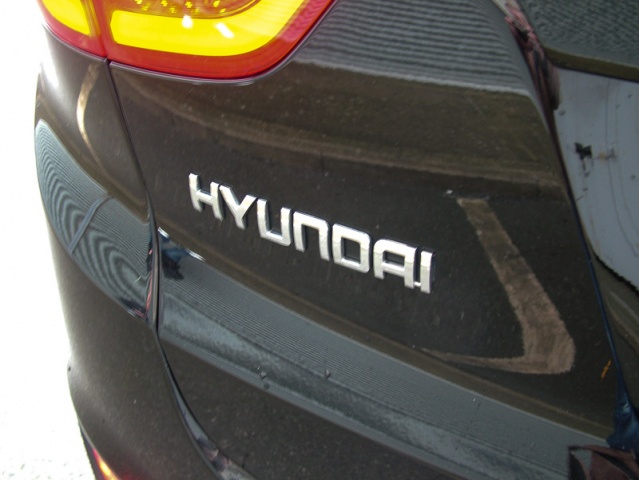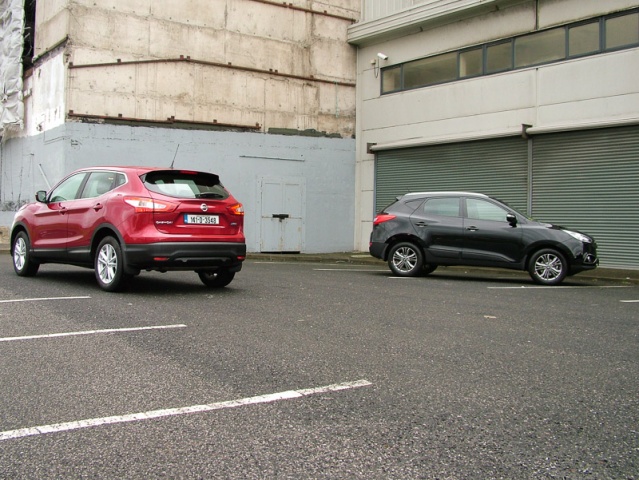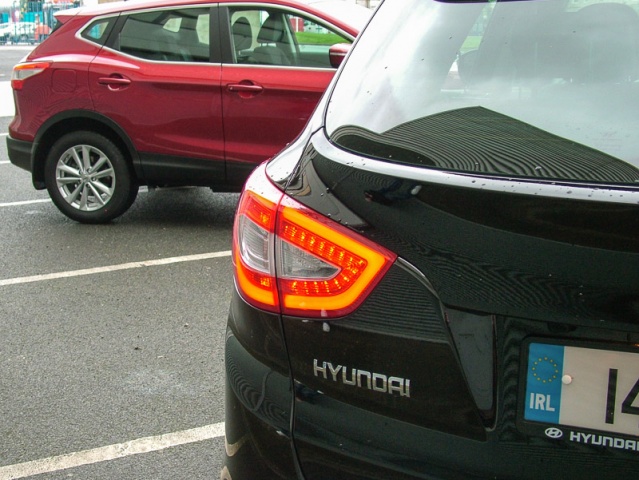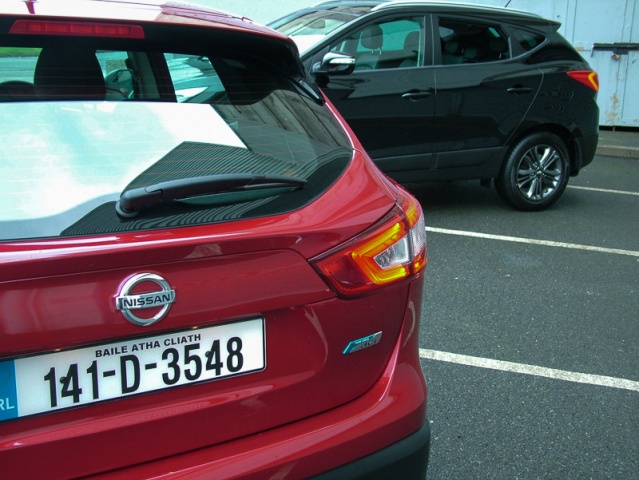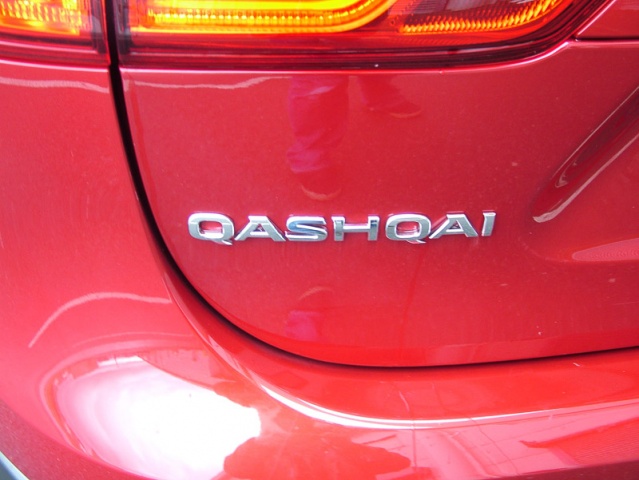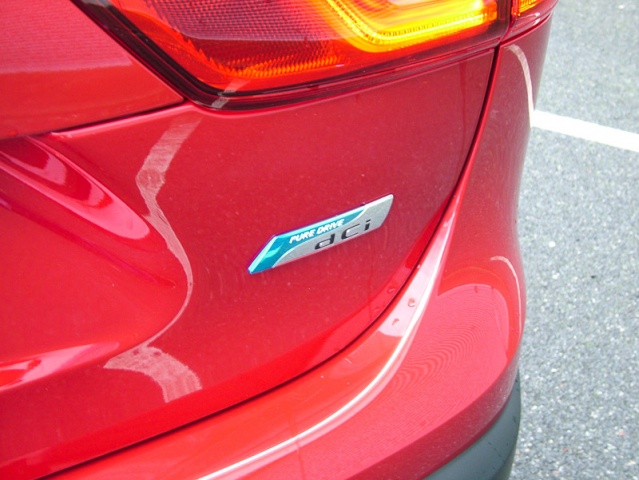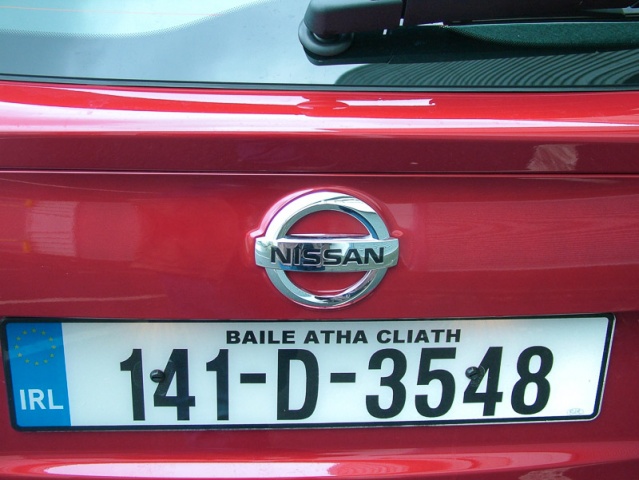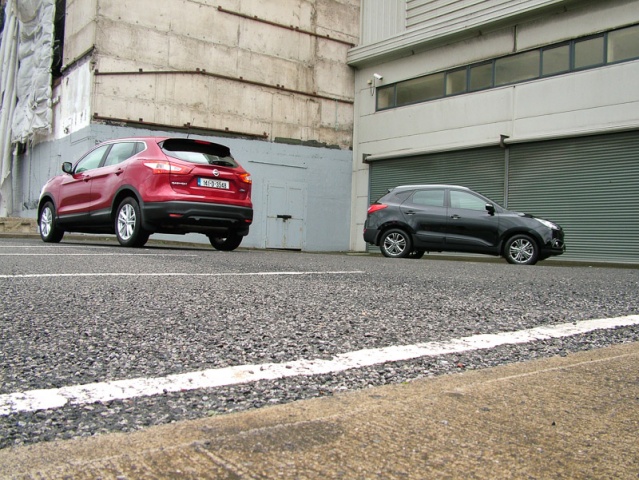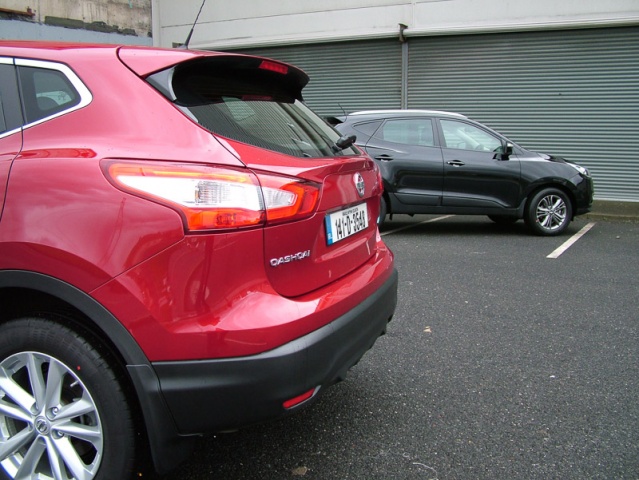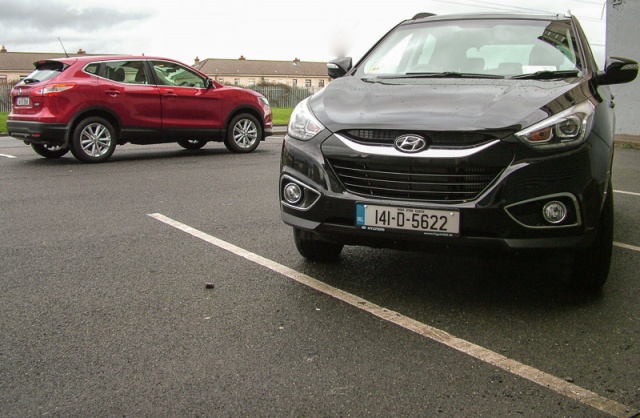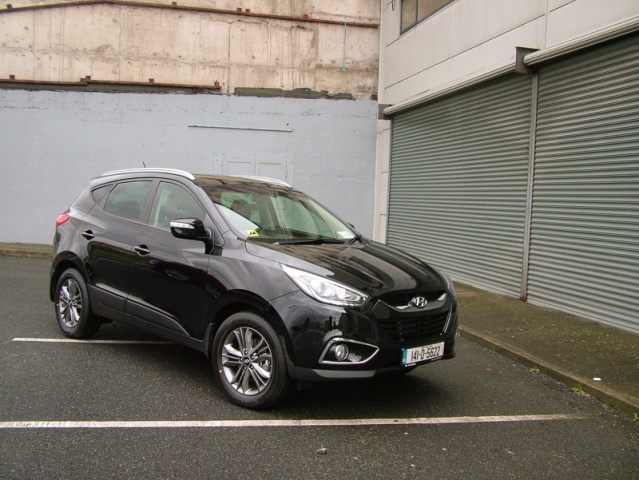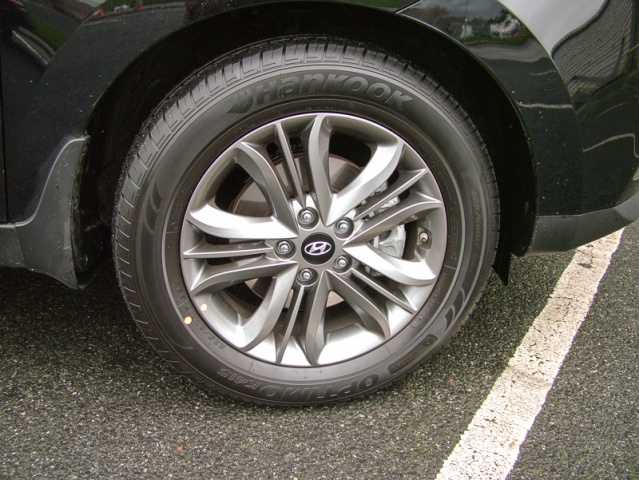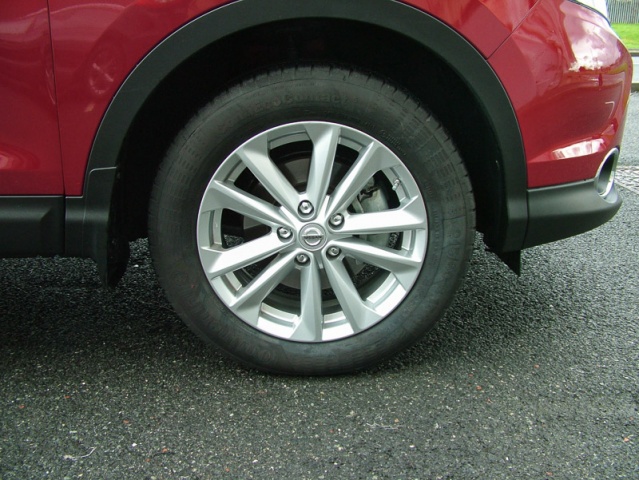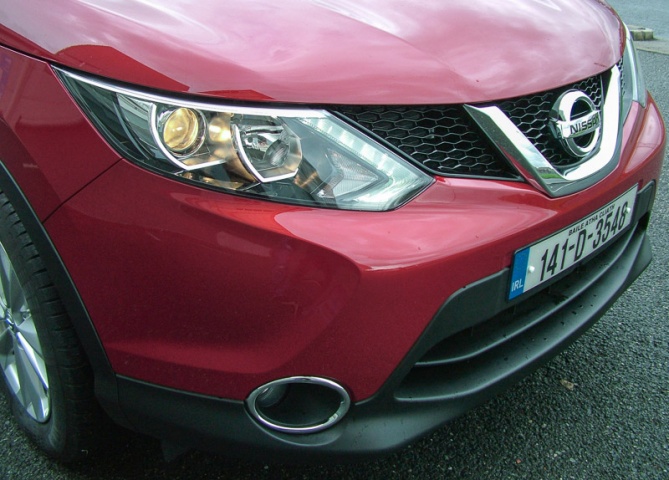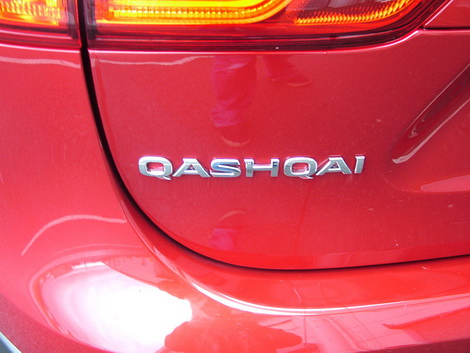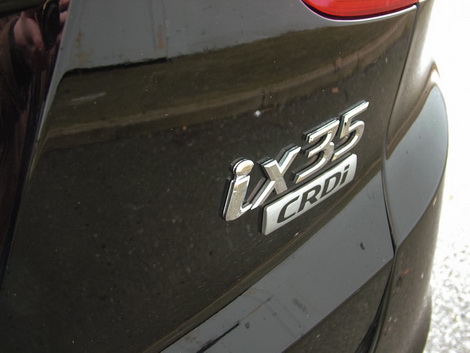The new Nissan Qashqai has some seriously big sales boots to fill, living up to the runaway success of its progenitor. But just as it's getting underway, Hyundai has fired a warning shot across its bows by cutting the price of the larger, more SUV-ish ix35.
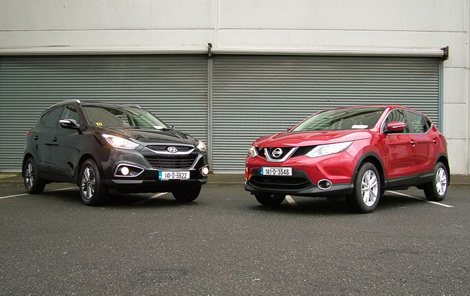
In the Metal
We are, in one sense, comparing apples with oranges here. As soon as you park the new Nissan Qashqai next to the Hyundai ix35, you can see that it is the Korean car that is the larger, more imposing vehicle. It is, essentially, a classic SUV made affordable, while the lower-roofed Qashqai is a hatchback wearing hiking boots.
Still, it's very hard to separate them on a looks basis. At the front, the Qashqai looks very impressive with a new corporate Nissan 'face', which is rather enjoyably American in its brashness, but it does tend to get a bit blander and more generic as you move around the back. It's very handsome and well-proportioned though, which gives it a narrow margin over the Hyundai.
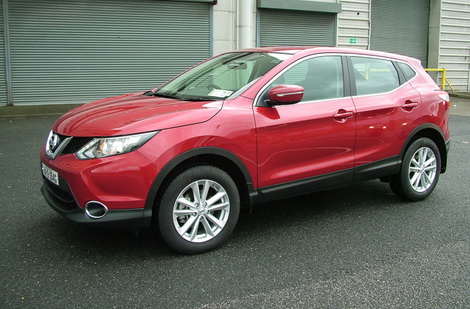
The ix35 in comparison looks a touch taller and narrower than the lower slung Nissan, but it is lifted in looks terms by neat detailing and far more character than you would expect from a Korean SUV.
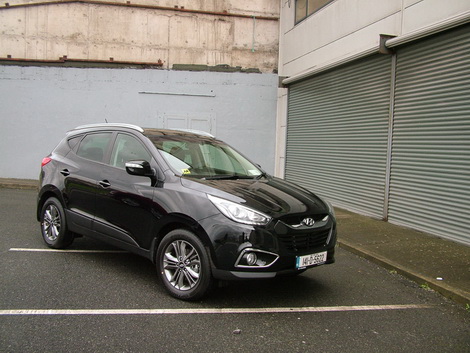
Inside the story is much the same. The Qashqai makes a terrific start at the front, where the new dashboard looks and feels far more classy and upmarket than that of the old model. Once again though, as you move around to the back things get a bit less impressive and a bit more plastic. Nissan seems to be prioritising the experience for those in the front seats, which is fine in one sense (they are the ones paying the bills, after all), but this is a family car so it would be nice to see something a little more engaging in the rear than just a fold-down armrest with some cupholders.
The Hyundai is slightly the superior car in the back, with a cabin that is fractionally broader (better for fitting in multiple child car seats) and which is lifted immeasurably by the optional twin-panel glass roof fitted to our test car. An expensive option, certainly, but it makes the rear a more pleasant space in which to travel.
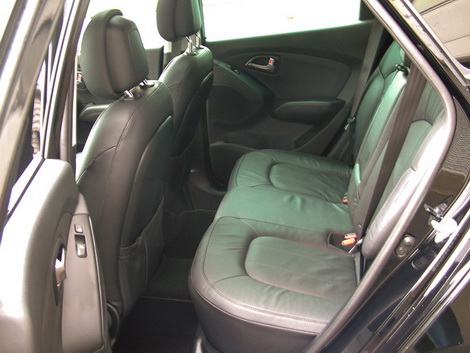
Up front though the Hyundai is a little less successful than the Nissan. The cabin is well made and on our highly specified Premium-badged test car very well equipped (heated seats, reversing camera, split-zone climate etc.), but the surfaces and styling just aren't quite as slickly executed as the Nissan's and the seats are somewhat less comfortable (Nissan says it turned to NASA for help with its seat design - and it shows).
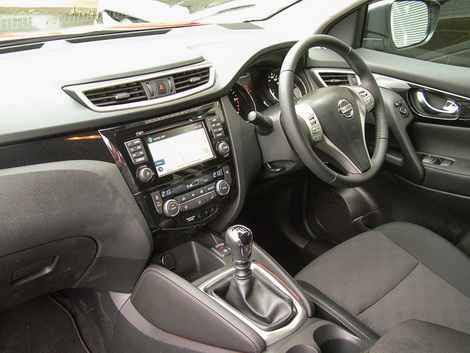
Out the back though, the ix35 comprehensively murders the Qashqai with a 591-litre boot compared to the Nissan's 430-litre luggage area. Both cars, rather impressively, manage to pack a full-size spare wheel in with those boots. This time around though, Nissan won't be offering a larger seven-seat Qashqai+2. As with the ix35 and its larger brother, the Santa Fe, if you want seven seats in your family Nissan, you'll have to upgrade to the forthcoming new X-Trail.
Driving Them
At first, it seemed to be exceptionally difficult to separate these two. For every blow landed by one, there was a solid counter-punch from the other. The Nissan's steering is a little sharper and more engaging, but the Hyundai has a comfier ride quality. The Nissan has a slightly more refined engine, while the Hyundai is better at suppressing wind and road noise. The Hyundai's engine seems to punch a little harder when you accelerate (in spite of very similar power and torque outputs), but the Nissan has the edge on emissions and economy.
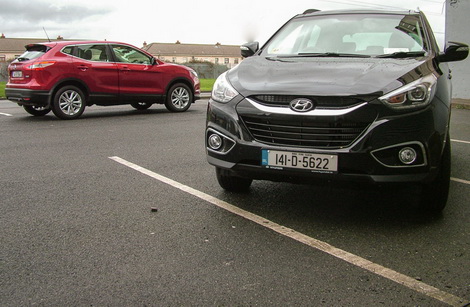
Slowly, ever so slowly though, the Nissan begins to draw away. After spending some time with it, it is impossible not to be massively impressed. Whereas the previous Qashqai was a clever marketing idea turned into a well-executed car, the new generation is as carefully honed and cleverly updated as something wearing an Apple badge, not a Nissan one. In fact, I'd say it takes both the Qashqai badge and the Nissan brand out of the realms of the merely competent and capable and into the world of being genuinely desirable.
Take the Qashqai's handling. This is, remember, a tall(ish) crossover designed to be good on the school run, but the fact is that the harder you push it in the corners, the better it responds. The steering is light and accurate, but with good feel, and it's very reassuring to look down and across the nose (Range Rover-style) as you guide it through the corners. The simple torsion bar rear suspension should be an Achilles' heel, but Nissan's decision to fit neat twin-chamber shock absorbers pays off with a Ford-like firm but yielding ride.
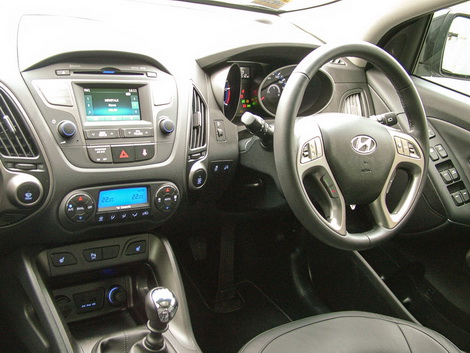
The fact that the Hyundai, which is both a larger and older design, manages to keep up at all is testament to it. It can't compete with the Nissan's steering or its mid-corner composure, but it's hardly left at sea and it's better at absorbing both urban and rural ripples and lumps.
What you get for your Money
Again, we're dealing with neck-and-neck performance. In the cases of our two specific test cars, the Nissan appears better value, matching the Hyundai's reversing camera, climate control and Bluetooth connectivity for a lower price, and only really lacking the heated seats and leather trim for a saving of around €2,000. That doesn't quite tell the full tale though, as Hyundai has introduced a basic ix35 Celebration model that undercuts the price of the cheapest diesel Qashqai (the cheapest petrol Qashqai is still a little cheaper, but is thus far not swaying many customers) and, of course, the ix35 is a larger, more spacious, more imposing car and has a longer standard warranty than the Qashqai. The Nissan once again pulls out a lead when you consider running costs. It has far better quoted fuel consumption (although the two are more closely matched in real-world conditions) and far better CO2 emissions - 99- against 139g/km for the ix35.
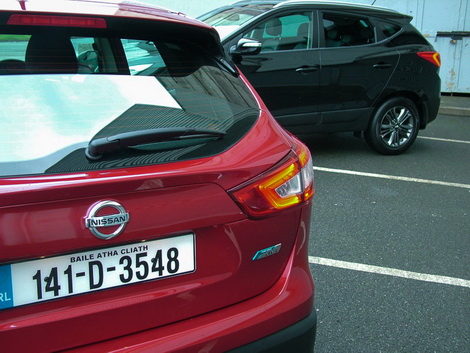
Summary - Neil Briscoe
It is a classic neck-and-neck race, this. Schumacher versus Hakkinen. Coe versus Ovett. Manchester United versus Chelsea. Godzilla versus Mechagodzilla. In the end though, it is the Qashqai that finishes in front. It is just such an impressively well thought out and executed piece of design and engineering that you cannot help but be swayed. In fact, I'd go so far as to say that I haven't been this impressed by a sensible family car since 1998, when I drove the first generation Ford Focus. Praise comes no higher than that.
And it's that praise which the ix35 should be allowed to bask in too. While ultimately the Nissan wins this contest, the ix35 ran it far, far closer than we ever thought it would and that is to its credit. Those seeking a more substantial, more spacious, better warrantied car should look no further.
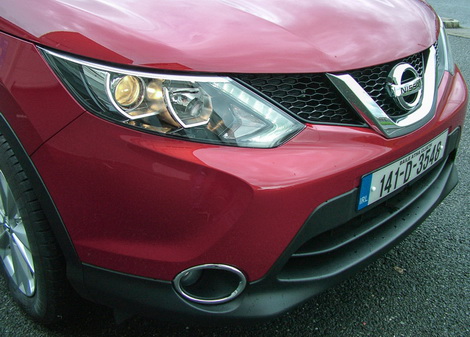
Second Opinion - Paul Healy
Have to say I wholeheartedly agree with Neil's description of the interplay between the Qashqai and ix35. So this one has to come down to a points decision and this is where Neil and I differ.
While the Qashqai's left-right combo of how it drives and its interior ambience (up front at least) rock the ix35, the Korean counters with a barrage of body blows in the guises of its larger boot, more spacious interior, better bump absorption and superior noise suppression.
Were this a battle of hot hatches the Nissan's powers would overcome those of the Hyundai, but in the family car market in which both of these play I put the ix35, just, ahead on points. While the Qashqai throws a final haymaker in lower emissions, and ultimately running costs, the ix35 ducks and weaves before countering with more spritely acceleration. While marginally slower in the 0-100km/h sprint its lower access to torque actually gives it better in-gear acceleration and in the real world away from test labs this should negate the Qashqai's 'better' fuel efficiency.
In the end there is little between these two cars and it is likely to come down to personal preference, but for me at least the Hyundai ix35 just nicks it.
